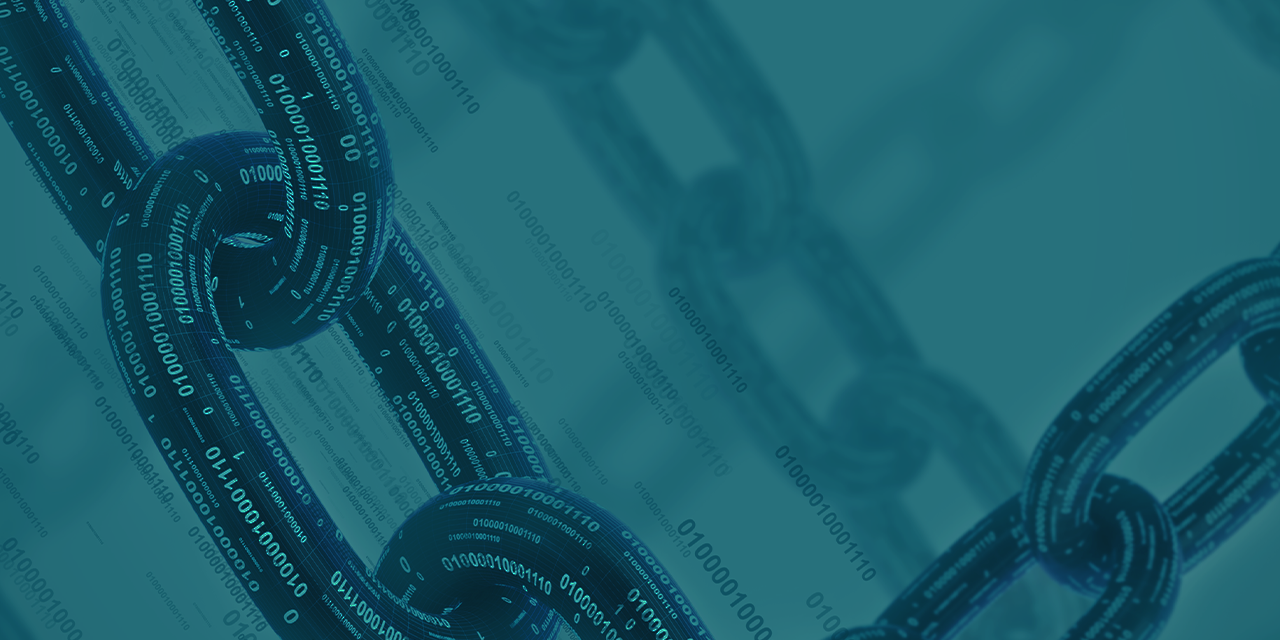In the last decade, cybersecurity has undergone a profound transformation. The accelerating adoption of artificial intelligence (AI), machine learning (ML) and autonomous decision systems has not only expanded the threat landscape across the industrial internet of things (IIoT) but also redefined what “security” truly means for both operational technology (OT) and information technology (IT). In this evolving context, adaptive security — a dynamic, intelligence-driven approach — is emerging as a vital pillar for digital resilience.
From Reactive to Adaptive
Traditional cybersecurity models were largely reactive. Organizations waited for incidents, investigated them and built new controls to prevent recurrence. This model worked in an era where threats evolved slowly, and perimeters were clearly defined. But today’s adversaries operate at machine speed, exploiting zero-day vulnerabilities, social engineering employees and weaponizing automation to scale attacks faster than humans can respond.
Adaptive security changes that equation. It’s about continuously learning from every signal, behavior and anomaly. Instead of building static defenses and responding to incidents as they occur, adaptive systems evolve in real time, leveraging telemetry from endpoints, cloud workloads, network traffic and even human behavior to adjust controls dynamically. Think of it as a living organism — one that senses, anticipates and evolves to stay ahead of predators.
The Catalyst: AI and Data Convergence
The rise of adaptive security would not be possible without the convergence of AI, big data and cloud-scale telemetry. Every digital interaction — from a user login to an IoT sensor ping — generates data. Organizations that harness this data effectively can train models to detect subtle deviations that might indicate compromise.
For example, AI-driven threat detection platforms can now analyze billions of events per day, correlating signals across geographies and time zones. Instead of flagging static indicators of compromise (IOCs), they look for behavioral patterns like a user logging in from two continents within minutes or an application suddenly exfiltrating data to a new domain. These signals, when contextualized, provide a predictive layer of defense.
However, AI is not a silver bullet. The challenge lies in ensuring transparency, accuracy and ethical use. Poorly trained models can produce false positives that erode trust or miss advanced threats entirely. Hence, adaptive security demands not only sophisticated algorithms but also governance frameworks to ensure that AI-driven decisions are explainable and auditable.
Identity as the New Perimeter
In a borderless digital world, identity has become the foundation of trust. As organizations move to hybrid and multi-cloud environments, the concept of a network perimeter has dissolved. Adaptive security extends deeply into identity governance, using context-aware authentication, behavioral analytics and continuous risk assessment to protect access.
For instance, modern IT systems can assign dynamic trust scores to every user session. A user accessing from a known device over a secure network may experience seamless single sign-on, while another logging in from an unrecognized location might be prompted for step-up authentication or temporarily restricted. This risk-based adaptive access ensures frictionless security, balancing user experience and protection dynamically.
Zero trust philosophies amplify this approach. Instead of assuming that users inside the network are trusted, zero trust assumes breach and verifies continuously. Adaptive controls — powered by AI — make this verification seamless, ensuring that every connection, transaction and request is contextually validated.
Automation and the Human Element
A core tenet of adaptive security is automation — not just for detection, but for response. Security orchestration, automation and response (SOAR) platforms now enable organizations to contain threats in seconds. When an endpoint exhibits signs of compromise, automated playbooks can isolate it, revoke credentials and trigger incident workflows without waiting for human intervention.
But complete autonomy is neither practical nor desirable. Cybersecurity remains, at its heart, a human discipline. Analysts, threat hunters and engineers bring contextual judgment, intuition and creativity that machines cannot replicate. The key is symbiosis: using AI and automation to augment human decision-making, not replace it. Adaptive security thrives when humans and machines operate in harmony, each amplifying the other’s strengths.
Emerging Challenges in the Adaptive Era
While adaptive security offers tremendous promise, it also introduces new complexities. One is data privacy — traditionally an IT concern but equally critical for connected industrial environments. Real-time monitoring of user behavior, device posture and communication patterns must adhere to stringent privacy and regulatory frameworks. Transparency and consent are critical — users must understand what data is collected and how it’s used.
The second challenge is attack surface sprawl. As IT and OT converge, and enterprises integrate cloud, SaaS, IoT and AI systems, the number of interconnected dependencies grows exponentially. Each integration point introduces potential vulnerabilities. Adaptive frameworks must, therefore, include continuous attack surface management — dynamically discovering, prioritizing and mitigating risks.
Third, the rise of adversarial AI presents a new frontier of threats. Just as defenders use AI to detect anomalies, attackers are using it to craft convincing phishing campaigns, evade detections and poison models. Adaptive security must evolve to recognize and counter these machine-generated threats, blending technical countermeasures with deep threat intelligence.
Building the Foundation for Adaptive Security
Transitioning to an adaptive model is a large-scale organizational transformation. It requires alignment across technology, people and process. Here are key foundational steps:
- Unified Visibility:
Consolidate telemetry across endpoints, cloud, applications and identities into a single, analyzable view. Fragmented monitoring leads to blind spots. - Contextual Intelligence:
Move beyond static alerts. Incorporate context — user behavior, device health, network path and business sensitivity — into every security decision. - Automation with Guardrails:
Automate routine responses, but ensure human oversight for high-impact actions. Implement feedback loops so automation improves over time. - Continuous Trust Evaluation:
Replace binary authentication events (“logged in = trusted”) with ongoing verification. Dynamic risk scoring should inform access and policy decisions. - Governance and Ethics:
Establish clear guidelines for AI explainability, data usage and decision accountability. Ethical governance is crucial for long-term credibility.
The Road Ahead
As digital ecosystems become increasingly intelligent, security must evolve from a static guardian to a dynamic partner. Adaptive security embodies that shift. It transforms cybersecurity from a reactive shield into a living, learning organism — capable of sensing its environment, predicting risks and responding autonomously while preserving human oversight.
The next five years may bring the extension of adaptive models into OT, as well as autonomous vehicles and even AI governance frameworks. Governments, enterprises and standards organizations will need to collaborate to ensure that adaptive defenses are interoperable, ethical and resilient against adversarial AI.
Ultimately, the future of cybersecurity will not be defined by who has the strongest firewall or the biggest budget — it will be defined by who can adapt the fastest. In a world where algorithms evolve in milliseconds, adaptability isn’t just a competitive edge — it’s survival.
Interested in reading more articles like this? Subscribe to the ISAGCA blog and receive regular emails with links to thought leadership, research and other insights from the OT cybersecurity community.



